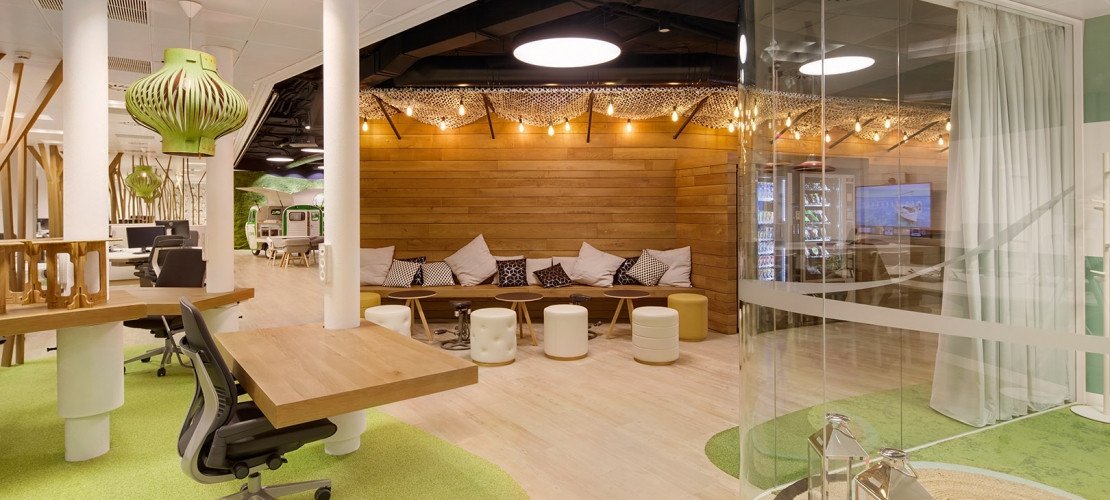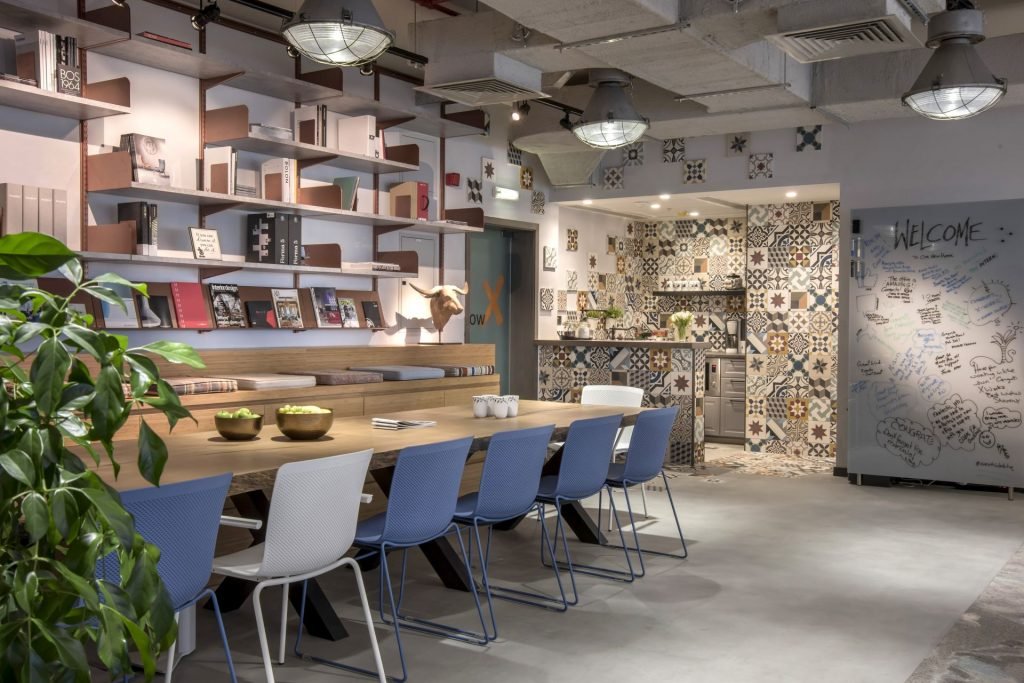A considerable number of projects and spaces have been WELL certified since it’s inception in 2014. Noteworthy mentions include the Cigna’s new office, Alpin, X-Works, DEWA, and The Happiness Ministry office as well.
With numbers like these, it seems obvious for the regional design community to take WELL’s areas of assessment very seriously. But as with most new trends, doubts will always be present. Questions regarding the costs associated with the WELL-certification process popped up during the discussion. Essentially, designers wanted to know how they could prepare and encourage their clients to, at the very least, entertain the idea of incorporating the areas assessed by WELL.
In our opinion, there were two critical questions that were perhaps most relevant to the current market scenario
As Kate pointed out, costs are hard to discuss without having specifics to work with. The current strategy is to approach the matter on a project by project basis. There are far too many conditions – existing and possible – that could shift the costs up or down. An existing wellness program or a need for collaborative settings in the new design are just a few. As WELL is a holistic approach, the many points have to assessed and listed; there’s a great price calculator of sorts on the WELL website for those interested in understanding the costs themselves. On average, we can look at a 12 to 20% increase cost in the investment.
The best way to convince a prospect at this stage is to involve the WELL team, with Kate being the best resource, armed with all the details and stats. While distance can prove to be an issue, the WELL institute is happy to share relevant information. Traditionally, an effective tool has been case studies, that serve as both proof and inspiration. Kate assured the designers that gaining a WELL certification could result in a dramatic increase in talent retention, attracting the best candidates to an organization. According to a Human Spaces Report, a third of global respondents stated office design affects their decision of where to work, a key stat to considering when convincing a client.








